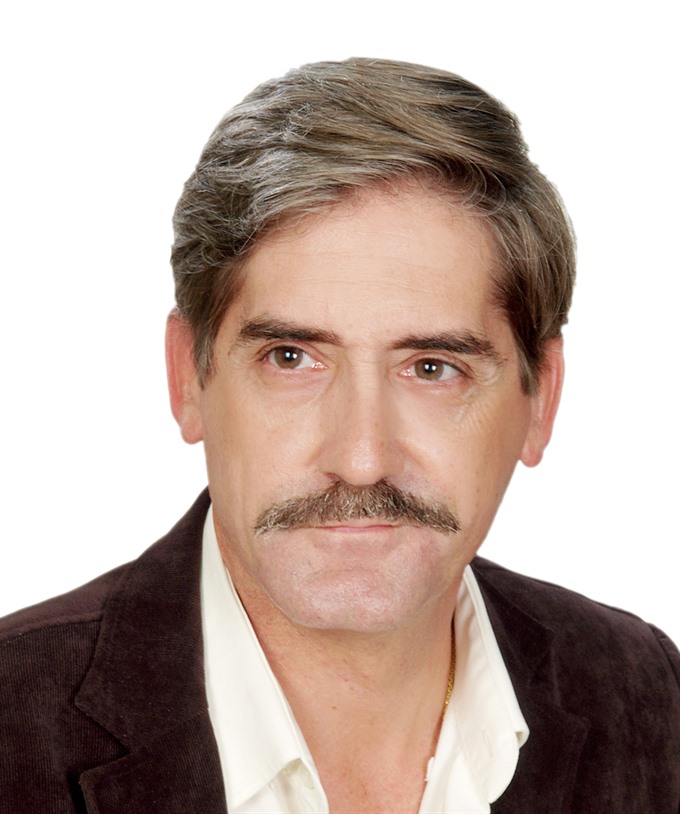 Sunday/Weekend
Sunday/Weekend

OK, by the time you read this, the US Open will have finished, or if you get early delivery, will be on the last round, My picks are pretty commonplace – Dustin Johnson, Brooks Koepka, Tiger Woods and Phil Mickelson. Yeah, the last two are emotional picks which have zero to do with logic. We will see…

|
By Robert Bicknell
OK, by the time you read this, the US Open will have finished, or if you get early delivery, will be on the last round, My picks are pretty commonplace – Dustin Johnson, Brooks Koepka, Tiger Woods and Phil Mickelson. Yeah, the last two are emotional picks which have zero to do with logic.
We will see…
--------
A quick shout out to Gary Dixon who just took over as GM at The Bluffs. (I applied for the job too, but nobody wants an old man. C’est la vie…I’ll just continue to wander around screaming at people to get off my lawn.)
Gary was at Skylake a few years ago, so Vietnam isn’t completely new to him. Good Luck Gary and hope to see you soon!
------
Now then, I often get questions on how players can improve their on-course scoring and my answer is almost always the same – sharpen your short game and what I mean by that is from 50 yards and in. Many Tour pros miss greens, especially in majors, but the difference between pros and amateurs is that pros can get up and down to save par, or even birdie most of the time from inside 50 yards (64 per cent of the time. In comparison, the average golfer (20 hdcp) only gets up and down 19 per cent of the time).
Would you believe Tour pros only hit 62 per cent of greens in regulation? Well, it’s true, but the reason is they will take risks shooting at a difficult pin because they know there’s a very good chance they will get up and down to save the hole if they miss, whereas amateurs usually shoot for the middle of the green and pray their putt is in a cooperative mood.
I see many people at the driving ranges trying to boom their drivers, thinking that will improve their scoring, but it really doesn’t, not as much as they would think. Accuracy without “usable distance” is useless and Distance without accuracy is dangerous.
It’s hard to save par from OB, or a pond, or the trees.
Pros hit only 65 per cent of their fairways, but the important thing to remember is they only hit 2.3 per cent of their drives into “recovery situations” (aka “The Big Miss” where they will have to take a penalty or have trouble recovering). In short, the pros know where to miss and where not to miss. Amateurs, on the other hand, only hit 49 per cent of their fairways, but hit into recovery situations 16 per cent of the time.
OK, when I see people at the range hitting driver after drive, I have to shake my head because they would be much better off working with shots from 100 yards and in. Then, practising putting for an hour or so.
Also, let’s get something clear right now: The driving range is not “golf” and has little to do with your scoring. There are many amateur players who have a good “driving range swing” but it’s not the same one they use on the course. The reasons for this are simple…
First of all, there is no pressure at the driving range. If you miss a shot, you just load up another ball and fire again. Second, there are no yardage signs on the golf course, so players try to hit the ball farther than necessary. If “feels” longer out on the course, so they muscle up and try to hit harder, and generally get into trouble.
The golf swing is a physical action, whereas golf is mostly played in your head.
You need to know exactly where you want to hit your shot, and by that I mean “exactly” and not “in the general direction of”. You need to know when to go for it and when to back off and play safe. You need to know where to miss, because the odds of you missing are actually pretty good.
Ben Hogan once said that, during an 18 hole round of golf, he would only hit 7-8 shots exactly as he expected. So if one of the best players in history only hit a few shots perfectly during a round, what makes you think you can top that?
Deadly accuracy from inside 100 yards only comes from a lot of practice. VNS




